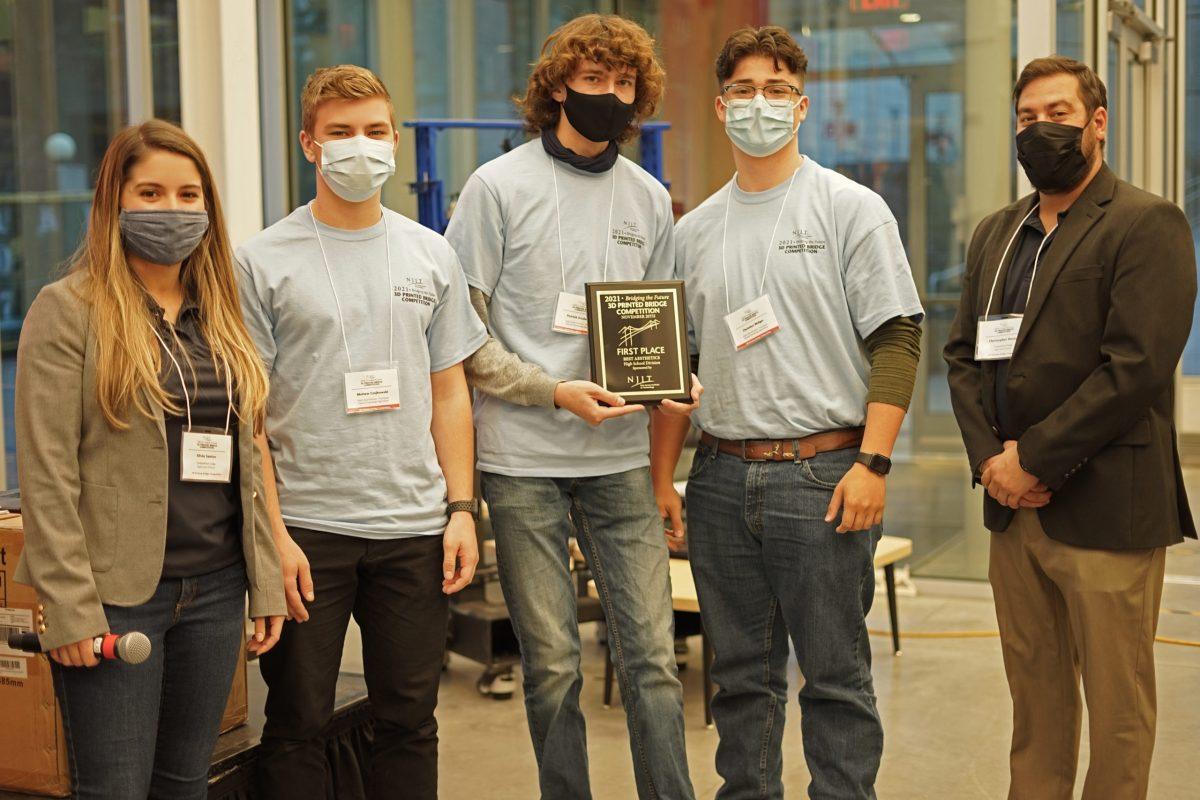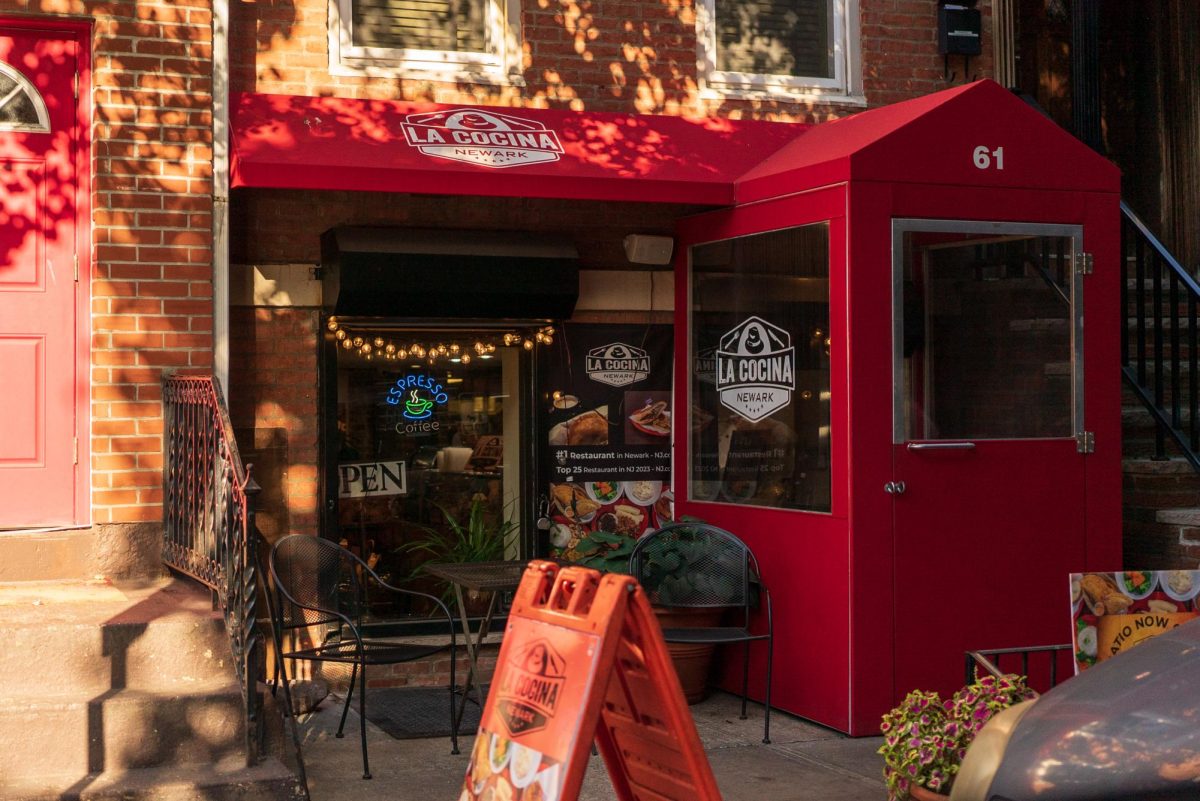On Saturday, Nov. 20, NJIT’s Makerspace held the first 3D printed bridge design competition within the region, allowing both high school and university students to compete and utilize their creativity, ingenuity, and analytical skills to create bridge designs that could bear the immense demands of modern- day society.
Competitions like this are important because they help expose students to 3D printing technologies, which greatly help engineers in the workforce. For example, while structural engineers cannot 3D print an entire skyscraper (unfortunately), they can however 3D print prototypes that allow them to test your designs and find flaws before creating the real thing.
Considering that 3D printing technology saves an absurd amount of money, leads to significantly less development time and overall makes the engineer’s job a hundred times easier, it comes as no surprise that this technology is being adopted everywhere. This is why it’s truly inspiring to see that colleges and universities are taking steps to familiarize their students with this technology and allow them to become leaders of innovation through its uses.
Participating high schools included: Applied Technology High School located in Paramus, Middlesex County Academy for Science, Mathematics, and Engineering Technologies located in Edison, and STEM Academy of the Oranges located in South Orange, while participating universities included: New Jersey Institute of Technology, Princeton University, and Stevens Institute of Technology.
Each team brought in their own unique design philosophies creating unique structures, each utilizing different factors to give them an advantage. According to Professor William Pennock “: “The teams spent a lot of hours collectively designing and 3D printing their bridges. I am super impressed with their efforts. The designs were diverse, and the ways that they collapsed were diverse, too. The teams brought a lot of creativity to the competition.”
Each design was judged with multiple variables in mind, which included presentations, least support material, fastest assembly time, best aesthetics and stiffness of the bridge. Both NJIT and Princeton University were tied for first place, with NJIT winning the stiffest bridge plaque by creating an incredibly impressive design which weighed less than a kilogram yet only collapsed upon bearing a load of over 127 kilograms. One team member stated that the most exciting part of the competition was seeing the moment when their bridge withstood over 100 kilograms and kept going, a truly awesome moment and one that the entire team should take pride in. Both NJIT and Princeton teams took home a $1,000$ 3D printer as a reward for their impressive design work.
All teams who participated took home at least two2 awards for each different category of judgement. The primary goal of this competition, however, was to promote the application of 3D printing to create real world solutions. Considering the amount of creativity and ingenuity each of the different teams have shown, it seems that this goal has been met and surpassed. This competition has undoubtedly shown the potential for innovation in the next generation of engineers.
Competitions like these are what truly ignite the passion of learning and innovation within students, and the staff members that have made this come to life should be commended for all their hard work and efforts. A special thank you to you all for helping create an awesome event for every student involved.
































